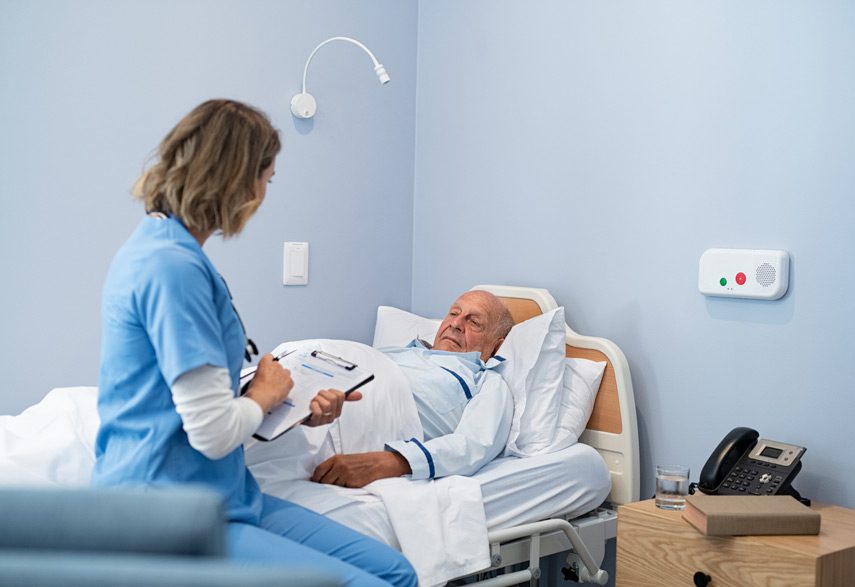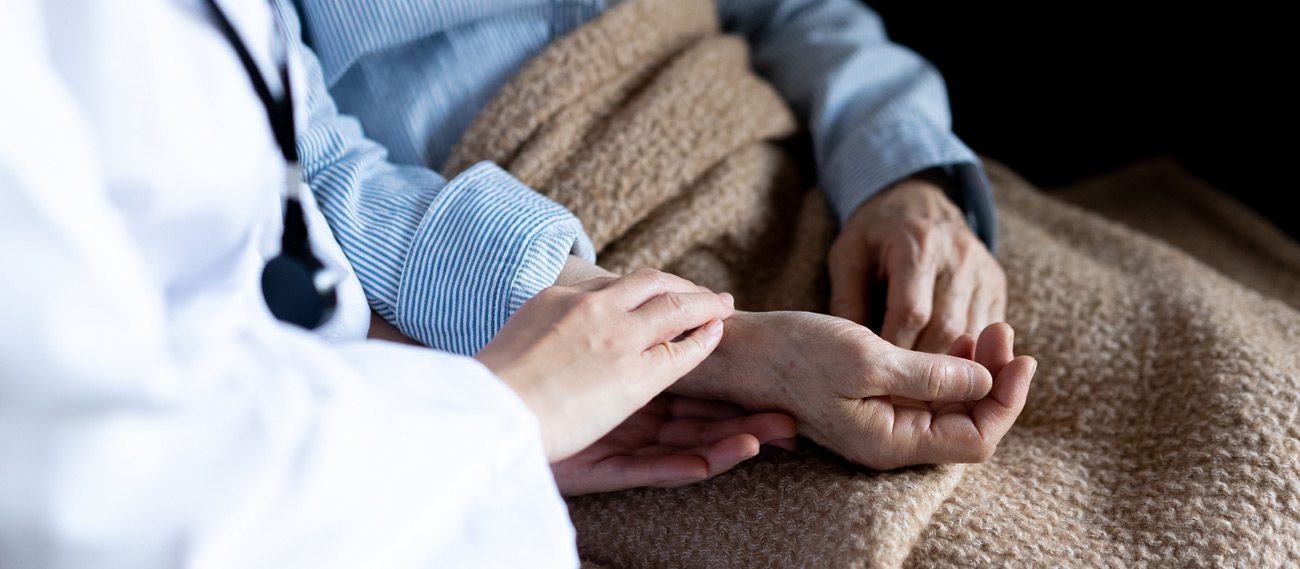

The hospice physician oversees the care and treatment of hospice patients to ensure quality and continuity of care. Physician collaboration with nurses, home health aides, medical social workers, counselors, dieticians, pharmacists, nurses, chaplains, volunteers, and other health care professionals is a critical component of hospice care.
Role of a Hospice Physician
Some of the responsibilities of a hospice physician include:
- Assessing and determining when a patient qualifies for hospice care
- Participating in hospice care group meetings to discuss the patient’s needs and care
- Supervising and guiding the patient’s hospice care team
- Recertifying the patient to ensure they continue receiving hospice care
- Visiting the patient regularly and providing medical care as needed
- Consulting with the patient’s private doctor and hospice care team to provide medical expertise and recommendations
In addition to these primary responsibilities, a hospice physician may also:
- Offer medical consultations and advice to hospice patients
- Stay informed of changes in hospice rules, regulations, and health insurance coverage
- Provide ethical guidance for complex care choices and other hospice-related issues
- Act as a liaison between the hospice and the medical community
- Participate in hospice quality assurance programs

Who Needs a Hospice Physician?
Patients diagnosed with the following conditions may need the care of a hospice physician:
- Advanced End Stage Senescence or Debility
- Amyotrophic Lateral Sclerosis (ALS)
- Liver Disease
- HIV
- Cancer
- Pulmonary Disease
- Alzheimer’s Disease or Dementia
- Stroke and Coma
- Parkinson’s Disease
- Heart Disease
- Multiple Sclerosis
